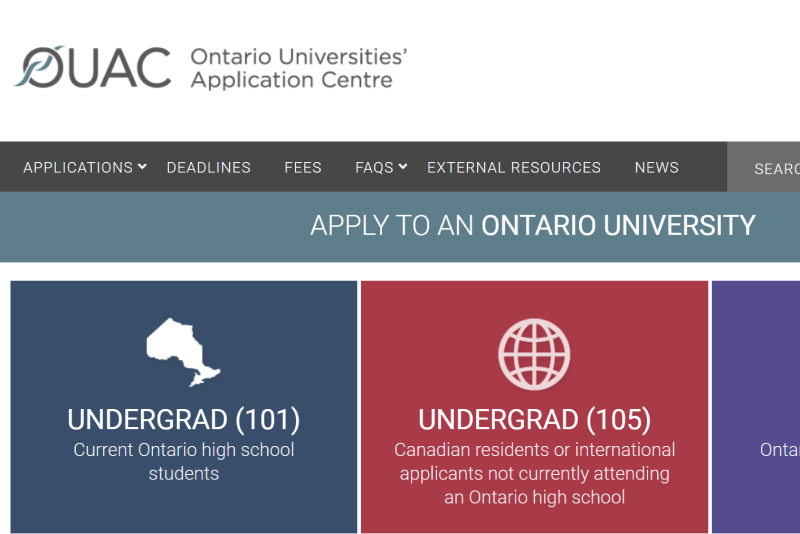The realm of recommendation letters adds a layer of uncertainty to the college application process, making it a source of anticipation and, for some, anxiety. Unlike other application components, students lack control over the content of these letters, intensifying the importance of understanding the dynamics involved. Here, we delve into the essentials of recommendation letters, shedding light on their significance, optimal timing, and strategic engagement with recommenders.
Unlocking the Power of Recommendation Letters:
Recommendation letters serve as invaluable assets in fortifying college applications. Their key roles include:
- Third-Party Perspective: Offering admissions committees an external viewpoint, these letters provide a nuanced understanding of the student beyond self-presentation.
- Character Validation: Recommenders vouch for a student’s character traits, growth, and response to challenges, contributing a holistic dimension to their profile.
- Persona Enhancement: Complementing the student’s application persona, recommendation letters inject fresh insights and narrative depth, fostering a more compelling and authentic representation.
Strategic Timing for Requesting Letters:
We would advise students to request recommendation letters promptly, especially when you are ready to share your profile in a way that enables targeted and cohesive letters. This approach allows students to:
- Identify Highlight Themes: First, you want to highlight major application themes. Requesting letters after you understand your profile ensures recommenders align their insights with the desired narrative.
- Avoid Generic Recommendations: Provide specific directions to recommenders, resulting in more personalized and impactful letters.
Brag Sheets: Crafting a Comprehensive Snapshot
Given the potential challenge of recommenders managing numerous students, providing a comprehensive “brag sheet” becomes crucial. This document, tailored to the student’s profile includes:
- Academic and Extracurricular Highlights: Notable accomplishments, strengths, leadership skills, and involvement in extracurricular activities.
- Background Details: Employment history, positive character traits, and any information contributing to the applicant’s persona.
- Future Aspirations: The student’s top school choices, potential majors, minors, and career goals offer context for recommenders.
Tips for Effective Brag Sheets:
- Concise Focus: Keep brag sheets succinct, focusing on elements directly related to the profile. A page or two is ample for providing relevant information.
- Alignment with Persona: Tailor brag sheets to ensure the content aligns with other application narratives, reinforcing a cohesive portrayal.
Aim for Recommender Engagement:
Identifying the right recommenders and guiding them effectively enhances the impact of recommendation letters. Key considerations include:
- Recommender Selection: Opt for individuals with whom the student shares a deeper relationship, such as academic sources, coaches, or supervisors.
- Brag Sheet Relevance: Encourage students to align brag sheet elements with their desired persona, helping recommenders focus on crucial aspects.
- Strategic Engagement: Some students may prefer to engage with recommenders before providing brag sheets, ensuring alignment in expectations and goals.
- Continuous Communication: Maintain ongoing communication with recommenders after securing their agreement. Regular check-ins may be necessary to ensure timely submission.
In essence, navigating the recommendation letter process involves strategic timing, personalized engagement, and a focused approach to crafting comprehensive brag sheets. By mastering these aspects, students can unlock the full potential of recommendation letters, transforming them into powerful allies in the competitive landscape of university admissions.




